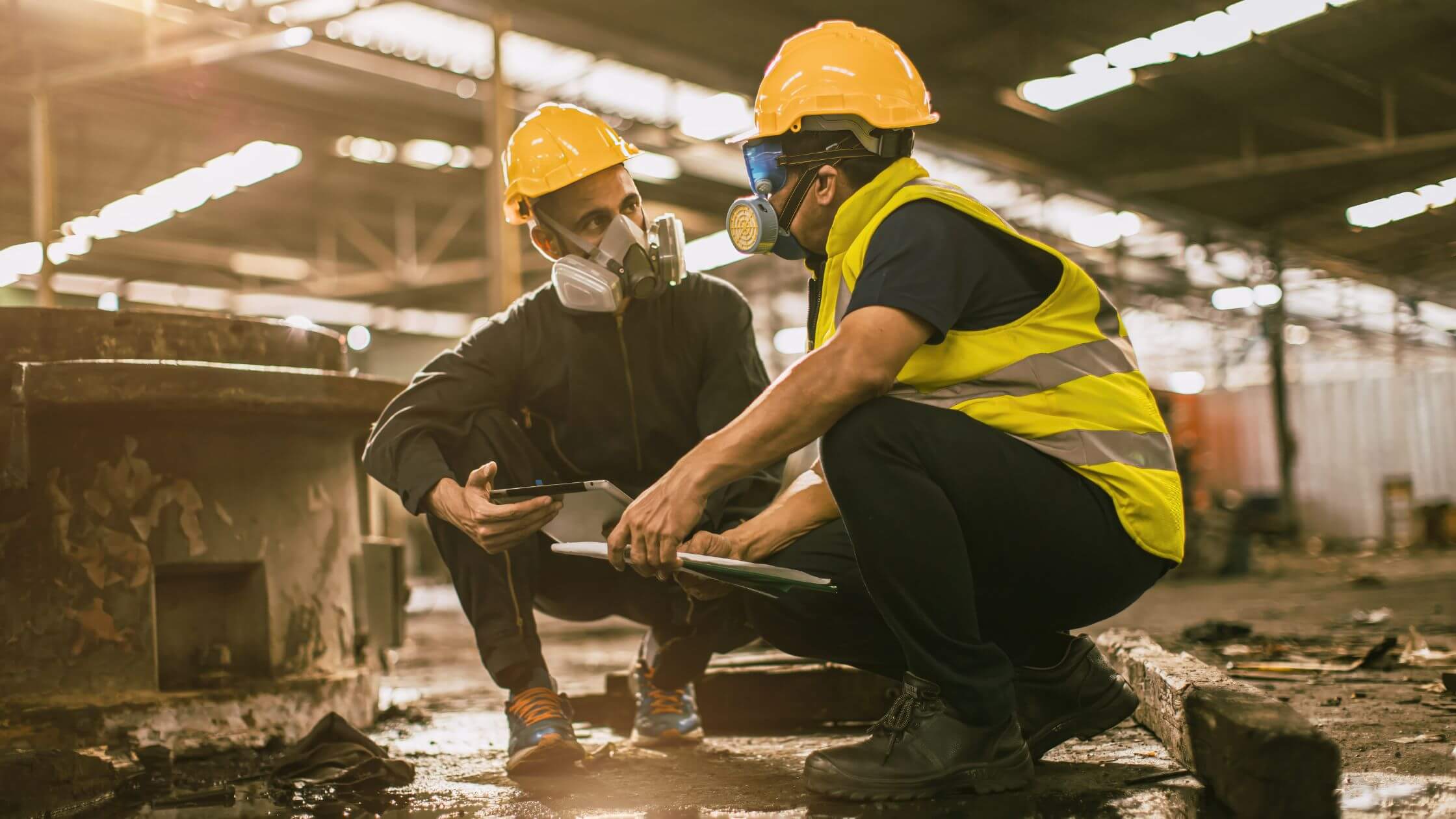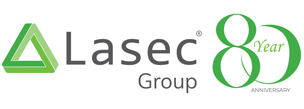BROWSE BY DEPARTMENT
- Biotechnology
- Clinical
- Consumables
- Furniture
-
Instruments
- Back
- Sample Collection
EX Zones: Classification, Description & Key Characteristics with Application of HX5.EX Scales

Introduction
Hazardous areas, where flammable substances are handled or processed, pose a constant risk of explosion or fire. Industrial safety depends on clearly classifying these explosive zones (EX zones) and ensuring only certified, intrinsically safe equipment operates within them.
The HX5.EX series of intrinsically safe weighing systems exemplifies modern engineering that meets these rigorous standards. This article outlines the classification, description, and key characteristics of EX zones and shows how devices like HX5.EX scales can be used safely within them.
Understanding Explosive Atmospheres
An explosive atmosphere forms when a mix of air and flammable substances—gas, vapour, mist, or dust—reaches an ignitable concentration. When exposed to a source of ignition, such as a spark or hot surface, these mixtures can trigger devastating explosions.
In such environments, only ATEX- or IECEx-certified devices, such as the HX5.EX weighing terminals, can be used to prevent ignition. These systems are designed to operate safely even when surrounded by explosive atmospheres.
EX Zone Classification: Gases, Vapours, and Dusts
Gas/Vapour Zones
Zone | Definition | Typical Use of HX5.EX |
Zone 0 | Explosive atmosphere present continuously or for long periods | Not typical for weighing, but if required, HX5.EX’s Ex ia protection is suitable |
Zone 1 | Explosive atmosphere likely during normal operations | HX5.EX scales are widely used in Zone 1 for processes involving regular handling of flammable vapours |
Zone 2 | Explosive atmosphere unlikely under normal conditions, may exist briefly | HX5.EX provides reliable and compliant operation here with less stringent requirements |
Dust Zones
Zone | Definition | Typical Use of HX5.EX |
Zone 20 | Explosive dust atmosphere present continuously | HX5.EX scales are compliant but rarely used directly in Zone 20 |
Zone 21 | Dust atmosphere likely during regular operation | Common application area for HX5.EX, e.g., in bulk powder handling |
Zone 22 | Dust clouds occur only briefly and infrequently | HX5.EX terminals meet the safety standards and are suitable for Zone 22 deployments |
Equipment Groups and Categories
According to ATEX Directive 2014/34/EU:
- Group I: Equipment used in mines with methane or coal dust risk
- Group II: Equipment used in other explosive areas (like manufacturing plants)
HX5.EX scales fall under Group II, and are available in:
- Category 2G / 2D – for use in Zone 1 (gases) and Zone 21 (dusts)
- Category 3G / 3D – for Zone 2 and 22, ensuring flexibility across environments
Their design ensures intrinsically safe operation, meaning they are incapable of releasing enough energy to ignite explosive mixtures, even in the event of a fault.
Temperature Classes and Surface Protection
Temperature classification defines the maximum surface temperature equipment can reach, ensuring it does not ignite the surrounding atmosphere. HX5.EX scales comply with stringent T4 (135 °C) or T6 (85 °C) temperature limits, depending on the configuration.
Additionally, the stainless-steel housing of the HX5.EX terminal is IP66/IP68 rated, offering exceptional resistance to dust ingress and moisture—critical in dust-prone Zone 21/22 environments.
Real-World Application of HX5.EX Scales in EX Zones
The HX5.EX series, including platform scales and weighing terminals, is tailored for safe use in:
- Petrochemical refineries — for monitoring fluid batches
- Chemical mixing facilities — managing precise quantities of reactive substances
- Pharmaceutical cleanrooms — in powder filling and formulation
- Food processing plants — involving dust from grains or dry ingredients
Functionality includes:
- Checkweighing and dosing for hazardous material handling
- Parts counting under safe conditions
- ALIBI memory for audit-compliant traceability
- Modular communication with IM01.EX (Ethernet, Profibus, Analog outputs)
These features ensure that weighing accuracy is not compromised by safety restrictions.
Installation & Maintenance Considerations in EX Zones
When deploying HX5.EX equipment, consider:
- Proper zoning: Ensure installation aligns with the designated zone (1/2/21/22)
- Cable routing: Follow intrinsic safety wiring practices and use approved conduit systems
- Power supply: Use PM01.EX modules outside of hazardous zones to safely power terminals
- Routine inspections: Confirm sealing, grounding, and connection integrity regularly
- Calibration: Use certified personnel and explosion-safe test weights
HX5.EX systems are designed to minimise maintenance intervention, extending the lifespan of safe operation in critical areas.
Why HX5.EX is the Right Fit for EX Zones
HX5.EX scales are engineered to meet the highest standards for weighing equipment in hazardous zones:
- Compliance: Fully ATEX/IECEx certified
- Protection: Intrinsically safe circuits (Ex ia), flameproof designs
- Durability: Resistant to dust, moisture, and corrosion
- Connectivity: Integration into industrial control systems
- Flexibility: Multiple models for single-load cell or multi-platform applications
By matching zone classification, category, and temperature class, HX5.EX ensures reliable weighing without compromising safety.
Conclusion
Correctly identifying EX zones and using certified equipment like the HX5.EX series is critical to industrial safety. With precise classification—Zones 0/1/2 for gases and 20/21/22 for dust—engineers and safety managers can confidently select suitable devices that protect people, assets, and productivity.
The HX5.EX series not only complies with regulations but also provides robust performance, data accuracy, and long-term reliability in explosive environments. For any operation in hazardous areas, it stands out as a trusted solution in safe and smart industrial weighing.
What Cold Storage is Best for Your Biological Samples?
September 4, 2019
Introducing the Bio-Rad C1000 Touch Thermal Cycler
October 6, 2021
Self-Sampling Swab from Copan
September 4, 2019
Comprehensive Guide to Quality Control in Food & Beverage Industry
September 4, 2019
Topics
Tags
Events
Promotions
Memmert Cooled Incubator
Covid19
TB
Tuberculosis Testing
RAL Diagnostics
Treatment
Diagnosis
Mycobacterium Tuberculosis
Africa
Quick TB Test
TB Prep Kit
Fluo-RAL Methylene Blue Kit
RAL Stainer
DNA
RNA
Protein Purification
Kits
96-well plate
easy-to-follow procedure
Quick preparation time
Webinar
COVID-19 Testing Solutions
Sampling
RNA Extraction
RT Reaction
qPCR
Analysis and Validation
Sample Collection Kits
Purification Kits
Real-Time PCR
Covid Antibody and Antigen Rapid Tests
cell
greiner
gbo
cellstar
cell culture plates
cell culture flasks
cell culture dishes
mass cell culture
cellmaster
cell culture roller bottles
cell disc
tissue culture
vaccine production
genetic engineering
viral diagnostics
cancer research
3d cell structure
3d cell model
cell culture company
collagen type 2
cell culture techniques
Magnetic 3D Cell Culture technology
surface
quality control testing
Food
pathogen
pathogen
pathogen
listeria
packaging
QC
chemistry
sugar
titration
microbiology
shelf life
water-saving
wastewater
check weighers
beverage
food and beverage
food and beverage industry
quality control
chemistry
microbiology
water testing
Environmental Testing
Lt Sensors
ADInstruments
CFX Opus Real-Time PCR Systems
PCR Systems
quantitative PCR
Bio-Rad
Elpress Hygiene
Staff Hygiene Control
Chemical Dispenser
Ergonomic
microbiology lab equipment
Microbiology Laboratory Consumables
Microbiology Lab Supplies
Microbiology Lab Equipment
Glassware used in the Microbiology Laboratory
Incubation temperature for bacteria
Proven Benefits of Using a Peltier Cooled Incubator
Lasec
Lasec Labs
Lasec Laboratory News
Laboratory News
Laboratory Suppliers
Lasec Laboratory Suppliers
soil moisture meter
soil moisture sensor
Delta-T Devices
Bio-Rad C1000 Touch Thermal Cycler
Sustainability












Comments